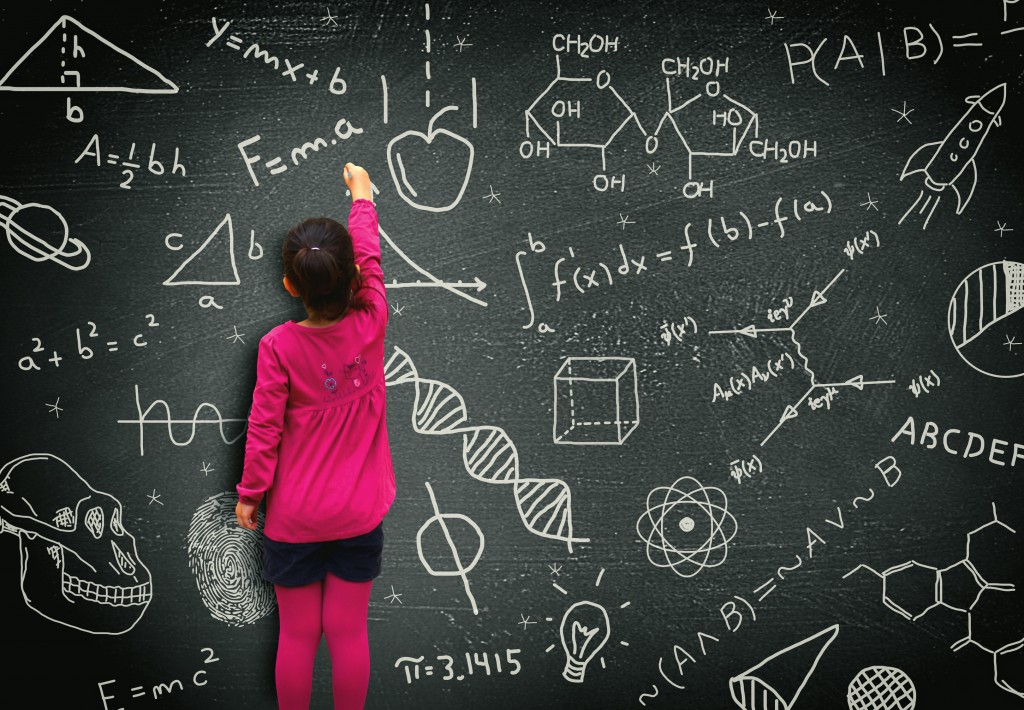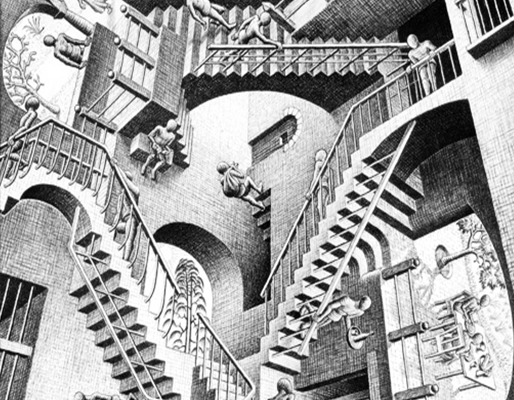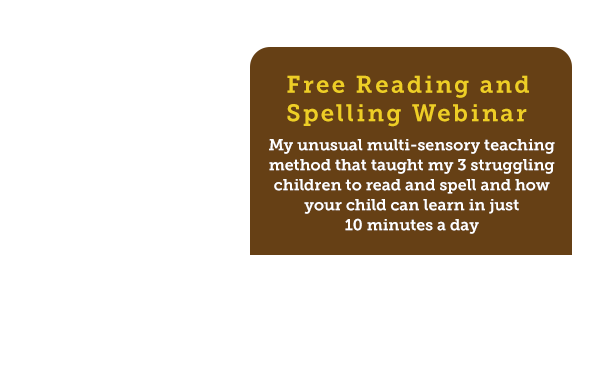Dyslexics are often described as big picture, out of the
box thinkers, but there’s much more to it than that…
And new scientific research can tell us why.
More and more, we are hearing about twice exceptional dyslexics (2e)…Those dyslexics who struggle to read and spell, but are highly intelligent, gifted learners.
What is even more exciting is that these 2e learners often end up in our tertiary academic institutions and dedicate their lives to unraveling the mystery surrounding the dyslexic brain.
Matthew Schneps is one such individual and I have been reading all about his work… and it is very exciting.
Matthew is an astrophysicist and is carrying out research at the Harvard-Smithsonian Centre for Astrophysics…
…More specifically he has been investigating talents for science among those with dyslexia.
Here is a short summary of what he and others have discovered…
- Dyslexics are faster to identify visual jokes or anomalies, as in this artwork (top of page) titled ‘Section of Relativity’ by M.C. Escher.
- Dyslexics have a greater sense of ‘things out of place’. For example being better at accurately identifying black holes from noise in outer space when compared to their non-dyslexic colleagues.
- Dyslexics are better at interpreting and memorizing blurry looking images that resembled x-rays, an advantage that could be useful in medicine and science.
- Another researcher, Gadi Geiger and his colleagues at MIT found that individuals with dyslexia could distribute their attention far more broadly compared to typical non-dyslexic readers.
This was measured by getting study participants to identify flashing letters spaced at various distances apart from a narrow field to a broader periphery.
- Gadi Geiger and his colleagues also applied this broader attention theory to sound as well by conducting a study that simulated the sounds of a cocktail party.
They found that people with dyslexia were better able to pick out and identify more words spoken by voices widely distributed in a room when compared to non-dyslexics.
- Learning to read changes our brains and as a result we gain and lose certain visual capabilities. This is demonstrated by the research studies below.
 Illiterate adults who were taught to read were shown to lose the ability to accurately identify images that were the mirror image of each other. This indicated that changes had occurred in the brain as reading was acquired.
Illiterate adults who were taught to read were shown to lose the ability to accurately identify images that were the mirror image of each other. This indicated that changes had occurred in the brain as reading was acquired.
A non-dyslexic competent reader requires the ability to accurately focus their attention on letter symbols, as their eyes scan a sentence, to quickly and accurately flit from one word to the next…
So it could be hypothesized that one reason people with dyslexia struggle with reading is they have difficulty focusing their specific visual attention.
- A research study by an Italian team led by Andrea Facoetti showed that children with dyslexia often exhibited impairments in visual attention.
The team demonstrated this by measuring the visual attention capabilities of 82 preschoolers who had not yet been taught to read.
At the conclusion of Grade Two the researchers again assessed the children and found that those who had difficult focusing their visual attention in preschool had more difficulty learning to read.
You may be asking… how do all these skills represent advantages for the dyslexic and for the greater community at large?
However think about it…
- Having the ability to be more sensitive to changes in the broader visual environment.
- To have a broader more holistic perspective.
- Being able to better identify something that doesn’t fit, is out of place or inconsistent can have huge advantages.
Think of the work of…
- A scientific researcher
- A security guard, detective or private investigator
- A mathematician, engineer or inventor
- A musician, artist or film maker
- Anyone working in the medical profession
- A troubleshooter, management consultant or business entrepreneur
- A humanitarian or aid worker
- A politician or world leader
This list could go on and on and on…
It is important to remember that disadvantage and advantage is relative to the context in which a task is being performed.
The structure of our current school academic and assessment system creates many disadvantages for the dyslexia learner.
It is important for parents, teachers and those with dyslexia to remember that having disadvantages in particular areas often creates advantages in others.
In my work, supporting individuals with dyslexia, I see both the highs and lows of dyslexia in all its many forms.
Being aware of, recognizing and celebrating the advantages of dyslexia will make the disadvantages seem more bearable and have less influence on the bigger picture of life.
You won’t see Nobel Peace Prize winner for Medicine, Carol Greider moping about because she finds reading and spelling difficult. Her work is changing lives and that is much more important in the broader picture.
So remember…
While typical non-dyslexic readers may miss the forest because they are looking at the individual trees, people with dyslexia may see a more holistic view and may miss the individual trees, but see the forest and the mountain peaks and the sun setting in the distance… BUT… then notice an alien aircraft drifting down through the atmosphere.
Perhaps it could be said that the description of dyslexics as big picture, out of the box thinkers is on the way to be scientifically proven.
Wishing you every success.
Liz Dunoon
Editor, DyslexiaDaily.com




















Pingback: 7 Things You Won’t Know About Dyslexia – You can’t enjoy wealth if you’re not in good health